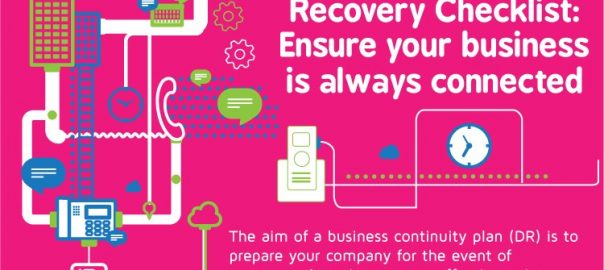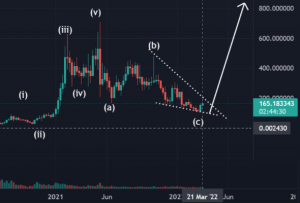According to Statista, the world is set to spend $ 2.143 trillion on e-commerce sales in 2017. This aligns with the trend of annualized growth rate of the e-commerce market in the US, standing at 14.81% and not showing signs of slowing down.
A power failure causing a business’s digital retail offerings to go offline, whether retail commerce, customer services, or simply a social feed for customer interaction, can be disastrous for the business. Planning for every scenario is critical to mitigating any unforeseen crises that may occur. Just a single system malfunction or loss of power can be crippling to commercial operations, data from E Source found that power outages for US businesses caused reported losses exceeding $ 27 billion annually.
As even the best laid strategy can be scuppered by random quirks of fate, it’s integral for businesses of all sizes to have a contingency plan to at least ensure the lines of communication in the event of a major issue.
According to research from Dyn and Spiceworks, it was found that 25% of organisations in the UK find it extremely or very difficult to identify when and internet disruption occurs outside of their network control, while 31% find it extremely or very difficult to resolve an issue outside their network control.
Disaster Recovery Plans in these situations are crucial, and can be divided into three unique categories- physical, technological and personal. Each focus on a different type of potential threat to your firm and provides a response to each specific issue. Whilst far from ideal to have to be resorted to, such plans will enable you to continue to operate as smoothly as possible until normalcy can be restored. With roughly three quarters of businesses not knowing how to proceed when confronted with an unexpected event, and every minute you are compromised is another minute in which your competition could press their advantage.
The best recovery plans will contain a list of tasks to perform, and employees will be well drilled in how to implement them. With the average incident causing operations to cease for 18.5 hours according to Immervox, being unproductive for that long is not an option. Take time to devise such a scheme, then if disaster strikes it will be the lesser of two evils and enable you to resume working in no time at all.
![Disaster Recovery: How to Prepare Your Business for Systems Failures [Infographic]](https://www.onlinesalesguidetip.com/wp-content/uploads/2017/01/Disaster-Recovery-How-to-Prepare-Your-Business-for-Systems-Failures-Infographic.jpg)
(86)
Report Post





